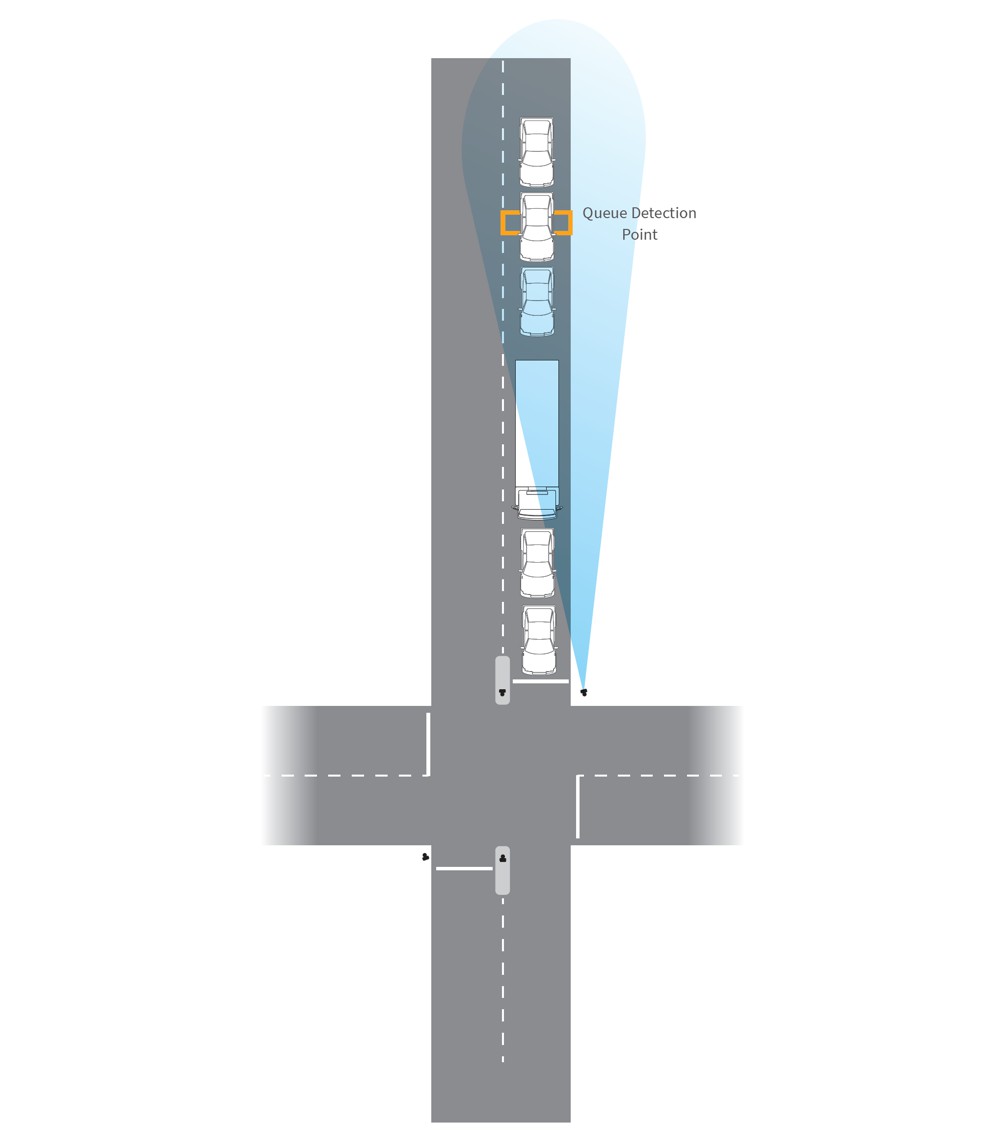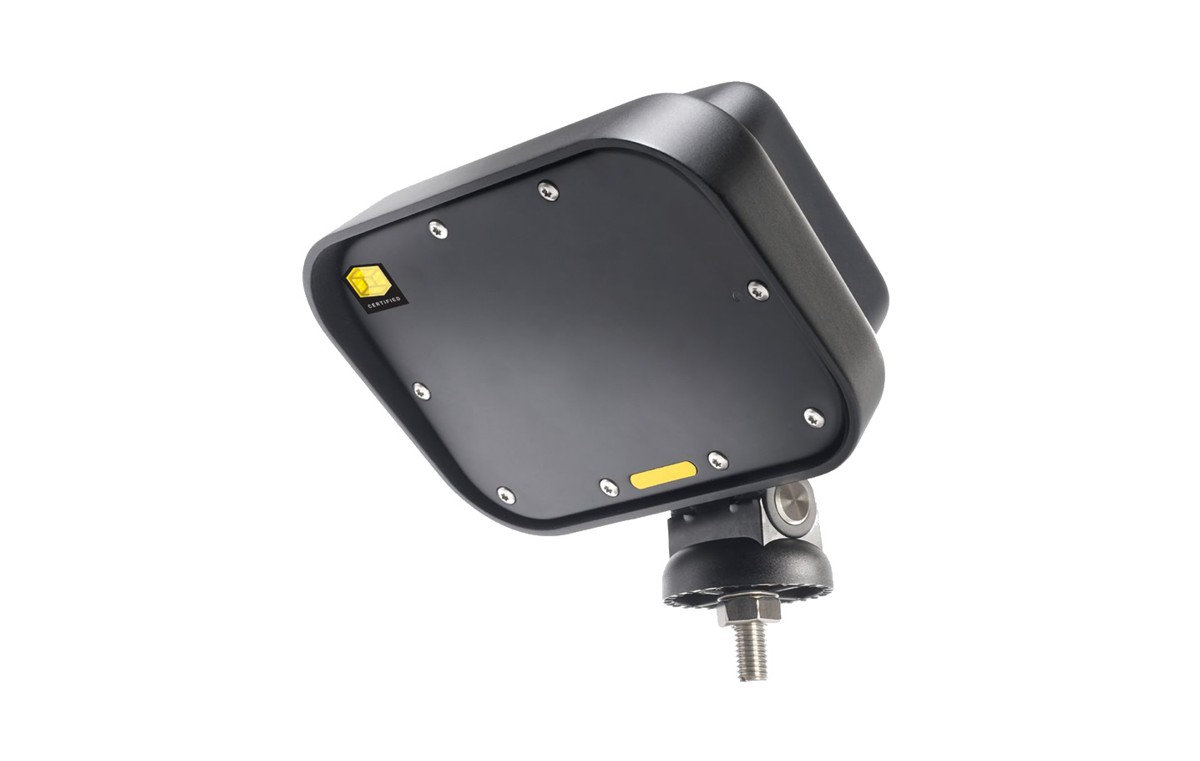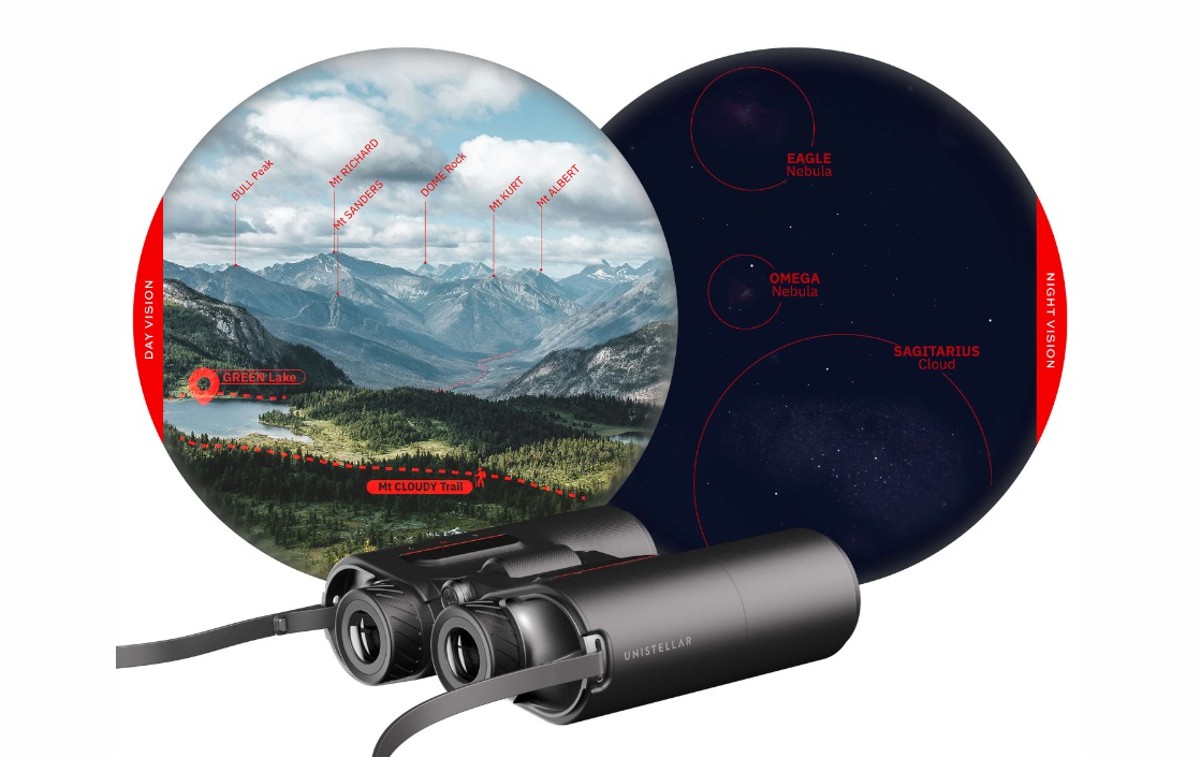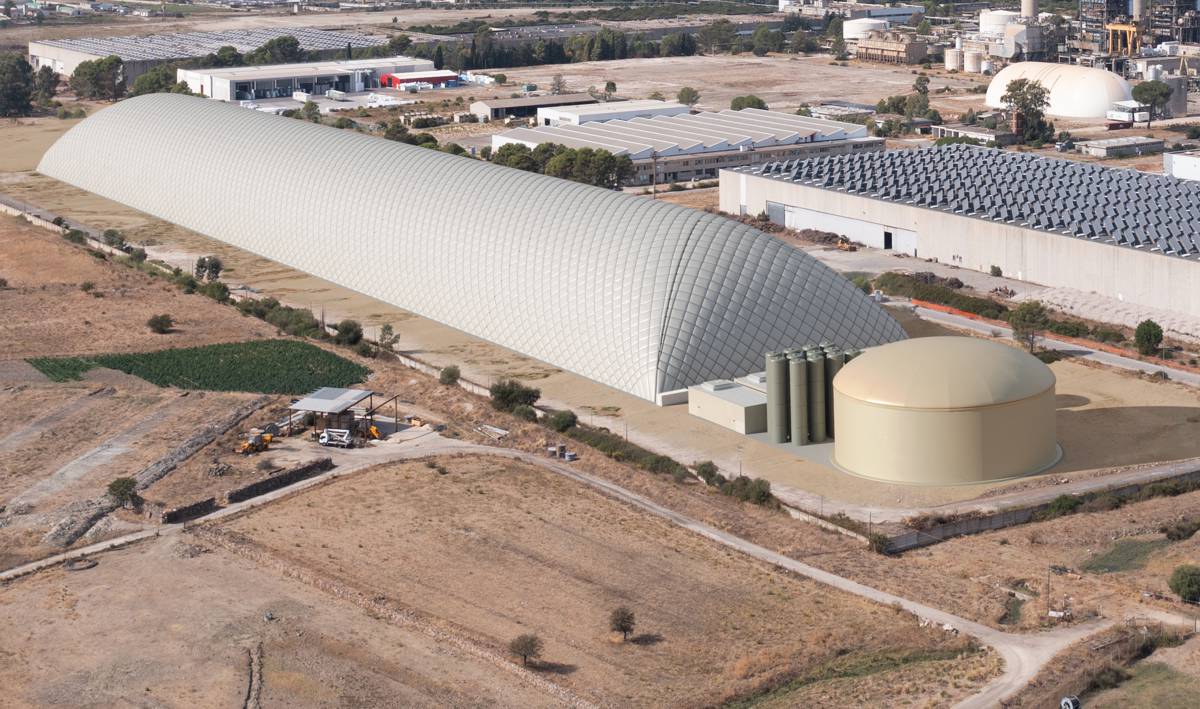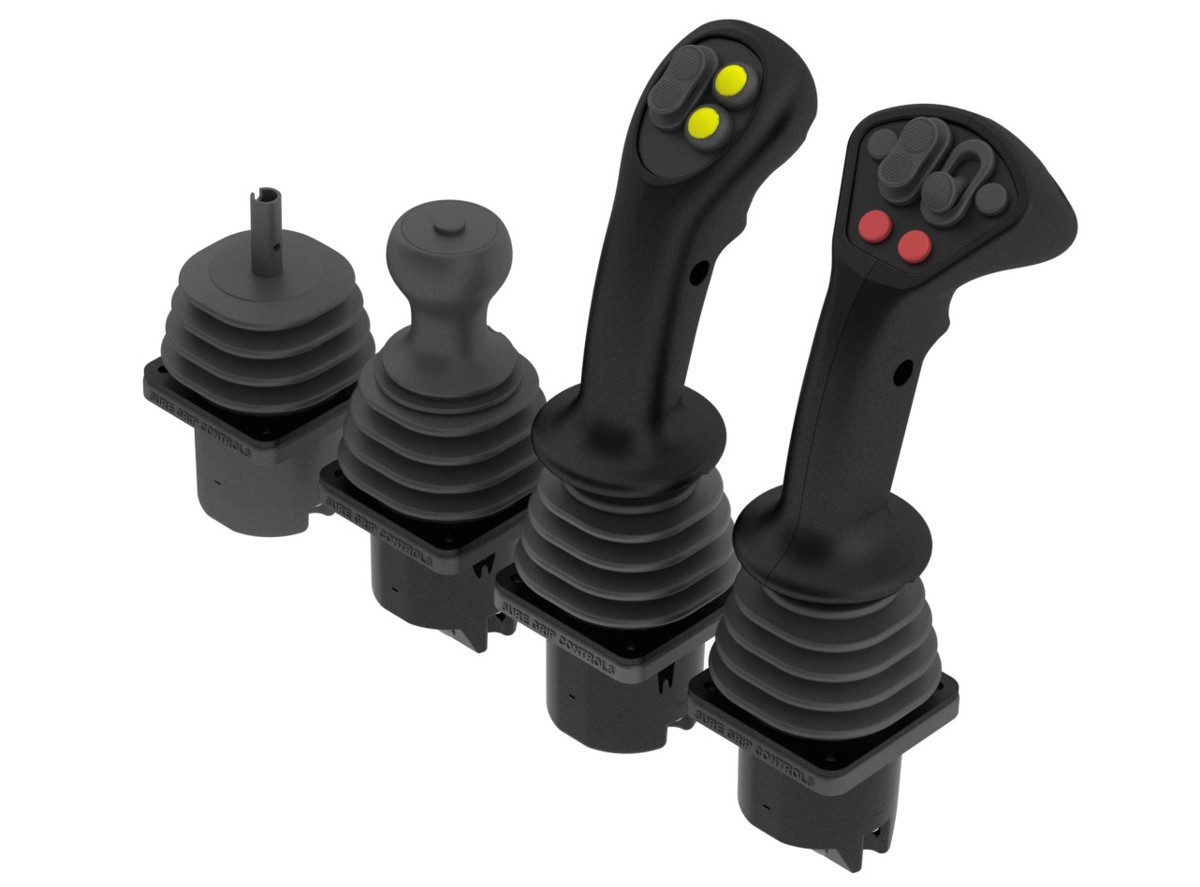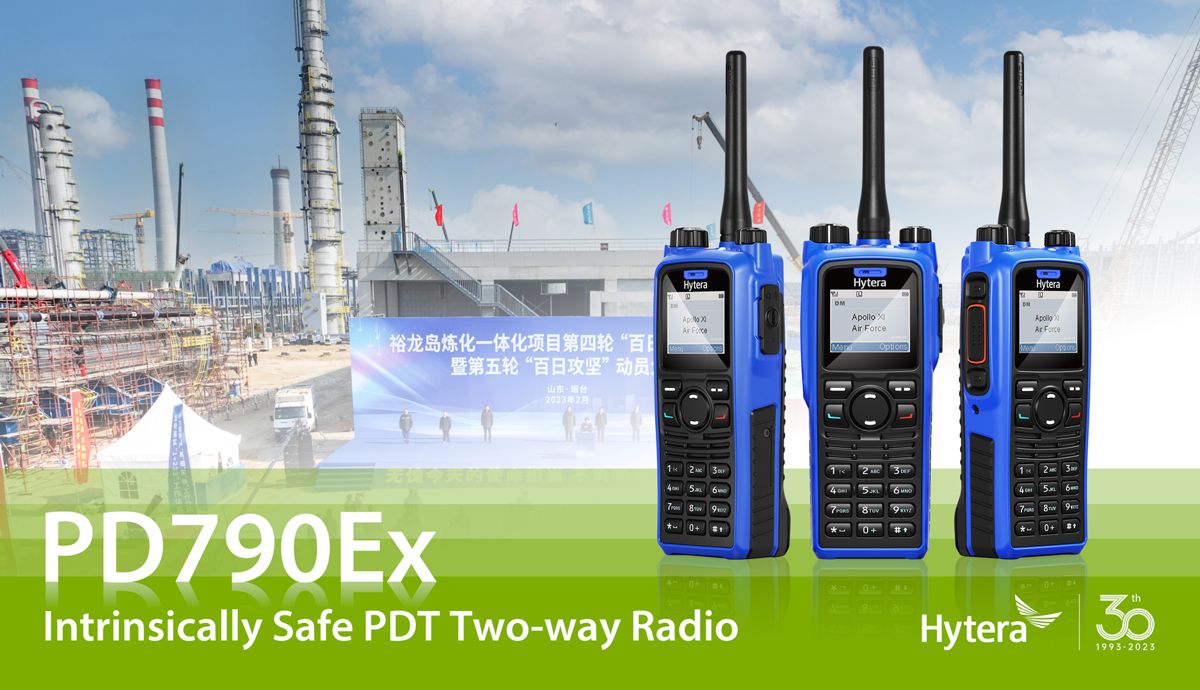AGD introduces key enhancements to its 318 Traffic Control Radar
AGD Systems, one of the UK’s leading manufacturers of ITS product solutions, has just announced two major enhancements to its highly successful 318 Traffic Control Radar.
Premiering at this year’s JCT Symposium and Exhibition, the 318 now includes an important new function: the ability to detect stationary or queuing traffic. This, together with the addition of WiFi AGD Touch-setup technology and an enhanced user setup GUI, will facilitate MOVA installations and other strategic applications.
As more local authorities aim to eradicate in-ground detection from their road networks, thereby cutting the costs of installation, repair and ongoing maintenance, the AGD 318 provides a reliable, cost-effective alternative.
The AGD 318 was developed from enforcement-grade technology. It provides accurate virtual loop detection with speed discrimination, and can emulate two inductive loops to a range of 150m or provide lane-specific detection up to 40m for a range of applications. Because it is pole-mounted, it requires no ducting or intrusive works to install, and there is no need for traffic management and the associated disruption to road users.
Now even easier to deploy, using WiFi AGD Touch-setup and an enhanced GUI, the AGD 318 is virtually maintenance-free and the detection zones can easily be changed or moved.
“The 318 detects vehicle type based on range, speed and direction of travel. It can now also accurately monitor queuing traffic,” says AGD’s commercial director Ian Hind. “This radar offers considerable customer flexibility for MOVA schemes, speed discrimination, bus priority and single turning movements – all with an ease of set-up that is unique to AGD. Using this technology will save city and local authorities many thousands of pounds while helping ensure optimal performance of roads, junctions and crossings.”



